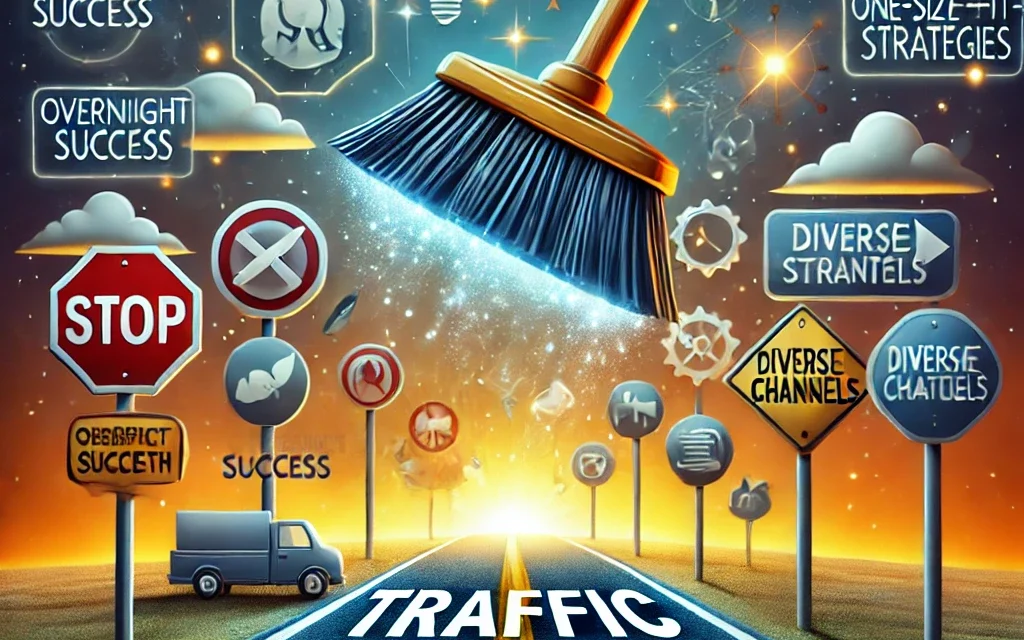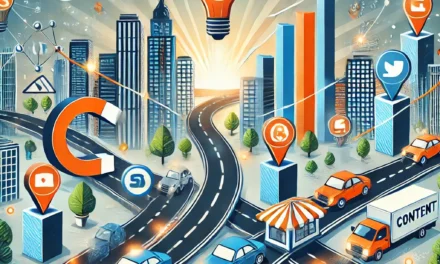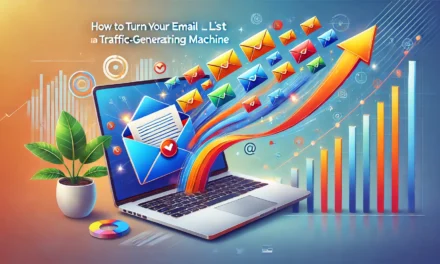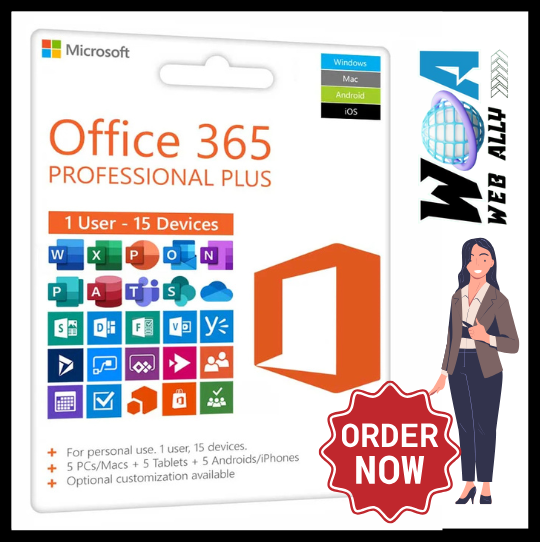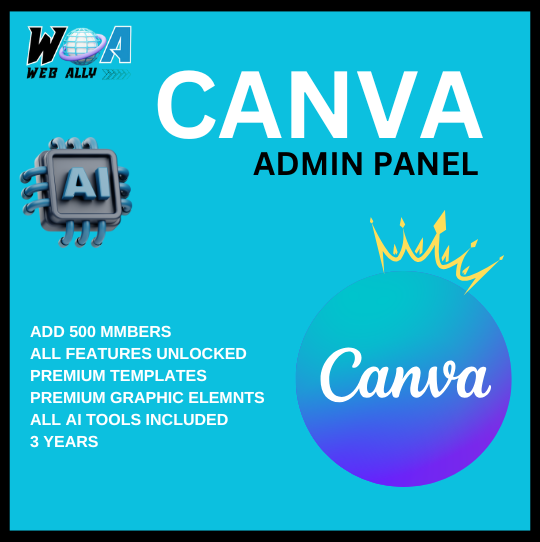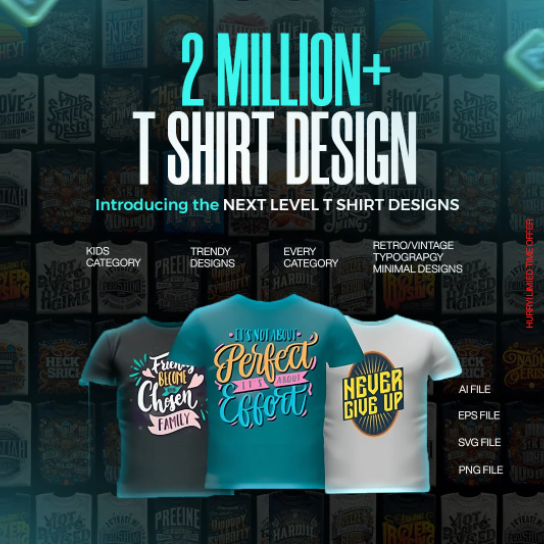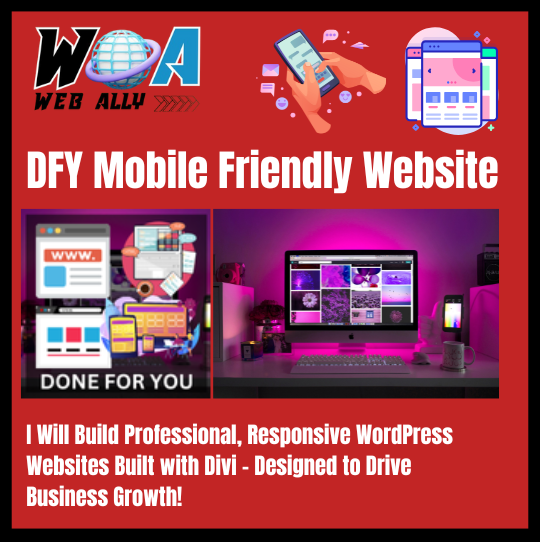When it comes to online marketing, traffic generation is often seen as the golden ticket to success. However, there are many misconceptions surrounding how traffic can be generated and what it truly takes to drive a steady stream of visitors to your website. In this article, we will debunk some of the most common traffic generation myths and provide you with accurate insights on how to boost your website’s traffic effectively.
Myth 1: More Traffic Always Equals More Conversions
One of the biggest myths in digital marketing is that simply increasing traffic will lead to higher conversions and sales. While it’s true that more visitors can mean more opportunities for conversion, traffic volume alone doesn’t guarantee success.
The Reality:
Not all traffic is created equal. It’s essential to focus on the quality of traffic rather than the quantity. Targeting the right audience with high-intent visitors, such as those actively searching for solutions to their problems, will yield better conversion rates. Instead of trying to generate as much traffic as possible, focus on driving targeted traffic that aligns with your product or service offerings.
Myth 2: SEO Is the Only Way to Drive Traffic
Search Engine Optimization (SEO) is an effective method for generating organic traffic, but it’s not the only one. Many marketers get so fixated on SEO that they neglect other valuable sources of traffic.
The Reality:
While SEO can be a powerful long-term strategy, there are many other ways to generate traffic. Social media marketing, paid ads, influencer partnerships, email marketing, and content marketing all contribute to driving visitors to your site. Relying solely on SEO limits your potential reach, so diversify your traffic generation strategies for a more well-rounded approach.
Myth 3: Paid Traffic Is Only for Big Businesses
Some people believe that paid traffic is reserved for big companies with deep pockets, but this isn’t the case. Small businesses and even individual entrepreneurs can effectively leverage paid ads to generate traffic.
The Reality:
Paid traffic platforms like Google Ads, Facebook Ads, and Instagram Ads offer a range of budget options, meaning businesses of any size can get started with paid ads. With precise targeting, you can control your budget and aim for specific demographics or interests, making paid ads accessible and effective even for smaller players. However, it’s important to continuously test and optimize your ads for the best results.
Myth 4: Social Media Will Automatically Drive Traffic
Social media platforms can be a great way to engage with an audience, but simply posting content on social media won’t automatically drive traffic to your website.
The Reality:
Effective social media traffic generation requires more than just posting random updates. You need to build a strategy that encourages interaction, engagement, and sharing. This can include crafting compelling calls to action, running contests, sharing valuable content, collaborating with influencers, or even using paid advertising to boost your visibility. Social media can be a powerful tool, but it needs to be used strategically to convert followers into website visitors.
Myth 5: Traffic Generation Is a One-Time Effort
Another myth is that once you generate traffic, you’re done. Many marketers think that once their website starts to get visits, the job is finished. However, traffic generation is an ongoing process.
The Reality:
To maintain a steady flow of traffic, you need to keep producing high-quality content, stay updated with SEO best practices, and keep engaging with your audience through various channels. Traffic generation isn’t a one-time effort – it requires continuous optimization, testing, and tweaking to maintain and grow your audience.
Myth 6: Traffic Generation Is All About Links
Backlinks are often hailed as a primary factor in SEO and traffic generation. However, the myth that building backlinks is the sole path to increased traffic can lead businesses down the wrong road.
The Reality:
While backlinks are an important SEO factor, they’re not the only factor that affects traffic generation. Google’s algorithm considers many other elements, such as user experience, site speed, content quality, and social signals. Focusing only on link building while neglecting other aspects of your site’s performance can hurt your traffic in the long run. A well-rounded strategy that focuses on multiple aspects of SEO and user engagement is crucial.
Myth 7: Traffic Generation Tools Do All the Work
With the rise of automated traffic generation tools, many believe that these tools can single-handedly boost their website’s traffic. While tools can certainly help in some areas, they cannot replace the effort required to develop a comprehensive strategy.
The Reality:
While traffic generation tools can automate certain tasks, such as posting content or sending emails, they cannot replace the need for strategic thinking and creative effort. Traffic generation requires a personalized touch, especially in understanding your audience’s needs and crafting content that resonates with them. Tools can be a helpful supplement, but they should never be the cornerstone of your traffic generation efforts.
Myth 8: More Content Means More Traffic
There’s a common belief that simply producing more content will lead to more website traffic. The idea is that more content equals more opportunities for ranking in search engines and attracting visitors.
The Reality:
While content creation is important, quality is far more crucial than quantity. Publishing irrelevant or low-quality content will not help your traffic in the long run. Instead, focus on producing high-quality, valuable, and engaging content that answers your audience’s questions and solves their problems. High-quality content is more likely to be shared and linked to, which will ultimately drive more organic traffic.
Conclusion
Traffic generation is a complex process, and many myths cloud the understanding of what it truly takes to drive visitors to your website. By debunking these misconceptions, we can see that the key to success lies in focusing on quality traffic, diversifying traffic sources, and continuously optimizing your strategies. Remember, traffic generation is not a one-size-fits-all solution, and it requires ongoing effort, testing, and adaptation to achieve the best results. By understanding and applying the truth behind these myths, you can build a solid and sustainable traffic generation strategy for your business.

